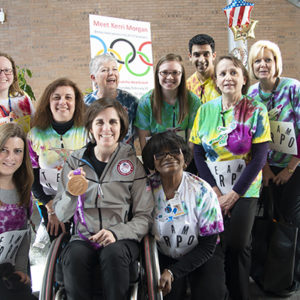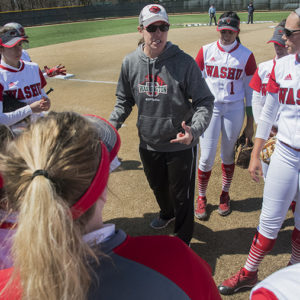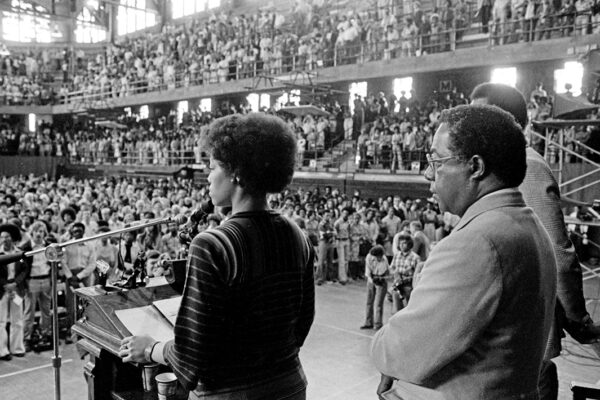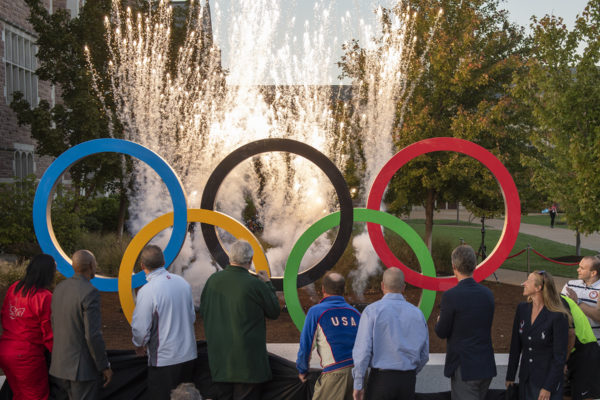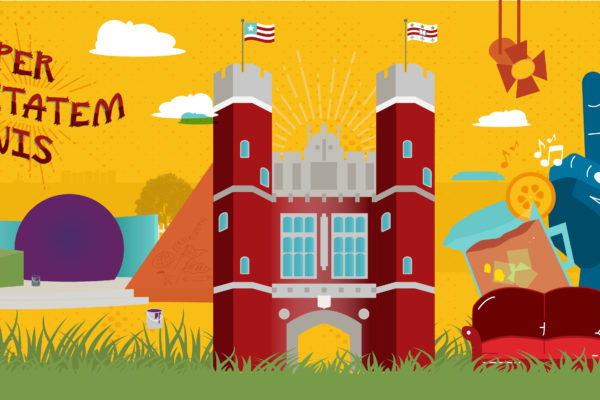Michael Loynd, being the good Washington University School of Law-educated attorney that he is, asks the question pointedly and directly: “Tell me the year and place of the last World’s Fair.”
The interviewer stammers. Loynd smiles.
“The Olympics are a huge deal, and that had been lost on the city of St. Louis. No one remembers that,” he says. “World’s Fairs aren’t relevant anymore. I don’t even know where or when the last World’s Fair was, but I can certainly tell you when the last Olympics were.
Not anymore, thanks to Loynd, JD ’99, chairman of the St. Louis Sports Commission’s Olympic Legacy Committee, a group formed to spread and nurture the ideals of the Olympic movement in the St. Louis region. And on Sept. 28, Loynd played a prominent role in dedicating the Olympic Ring “Spectacular,” the five-ring sculpture that now stands on the southwest corner of the Danforth Campus of Washington University in St. Louis
Finally, 114 years after the Olympic games were first held in the United States, the St. Louis region — and the Washington University campus — has an official marker commemorating the Third Olympiad of the modern Olympic Games. And it’s breathtaking. For Loynd and the committee, it is a culmination of years of work alongside civic leaders and university officials to commemorate the 1904 Olympic Games.
“These rings serve as a reminder to never stop dreaming big,” Loynd said, as he presented Chancellor Mark S. Wrighton with a replica of the statue moments before the sculpture was unveiled.
European vacation
It was a family trip to Europe in 2013 with his wife, Katie, and their four kids that ignited the Olympic flame for Loynd.
“We’d be visiting these small Swiss towns in the Alps,” he says, “that had only hosted an Olympic event — not necessarily the entire games — and they had the Olympic rings. And I would think, ‘Why doesn’t St. Louis have this? We had the first American Olympics!’”
So he came back and teamed up with the St. Louis Sports Commission, lobbying the International Olympic Committee (IOC) to bring Olympic recognition to St. Louis.
“We introduced St. Louis to the IOC all over again and presented our case,” Loynd says. “And they finally instituted a legacy program for all Olympic cities — in part because the St. Louis Sports Commission kept tugging on them and tugging on them.”
And part of that effort involved research and myth-busting the Olympic narrative that had evolved around the St. Louis Olympic Games.
You know the ones: that the St. Louis games were unorganized, chaotic and underfunded. Or that very few international athletes competed. Or that they weren’t well-promoted. Or the Olympic marathon cheater or the “Anthropology Days” that marred the Olympics reputation — all based on falsehoods and false legends.
So Loynd — a husband, father, lawyer, philanthropist, community board member — set out to do research in his spare time and learn as much as he could about the 1904 Olympics. “I remember hearing stories growing up, but when you put them in the context of the history of the time and dig deeper into the sources, you’re like, ‘Wait a second, these aren’t even true. They’re out of context,’” he says.
Loynd used his legal skills and research background — things he learned as a law student in the late 1990s — to dig a little deeper. Then he set out to tell a more grounded story on behalf of St. Louis. “The one thing law school teaches you — and really good law schools teach you extremely well — is to ask good questions, and to leave no stone unturned,” Loynd says.
And that’s what he did, putting the emphasis more on what did happen in 1904 as much as what didn’t. You can see his work at the St. Louis Legacy Committee website.
“St. Louis put its own footprint on the games,” Loynd says. “We built a brand new state-of-the-art stadium, a brand new state-of-the-art gymnasium, a brand new state-of-the-art track, it was the first time this was ever done in the Olympic movement.
“We were the first to give gold, silver and bronze medals. Every medal awarded from that point on, that was St. Louis, which was really significant. The NFL didn’t start with Super Bowls. It took 60 years before that happened. You need to build trust in your audience. And that’s what happened here at the St. Louis games.”
And the result, 114 years later, is the spectacular, which stands near Francis Field, the “state-of-the-art” facility built in 1904 that still stands as home of the Bears football, men’s and women’s soccer and track and field teams.
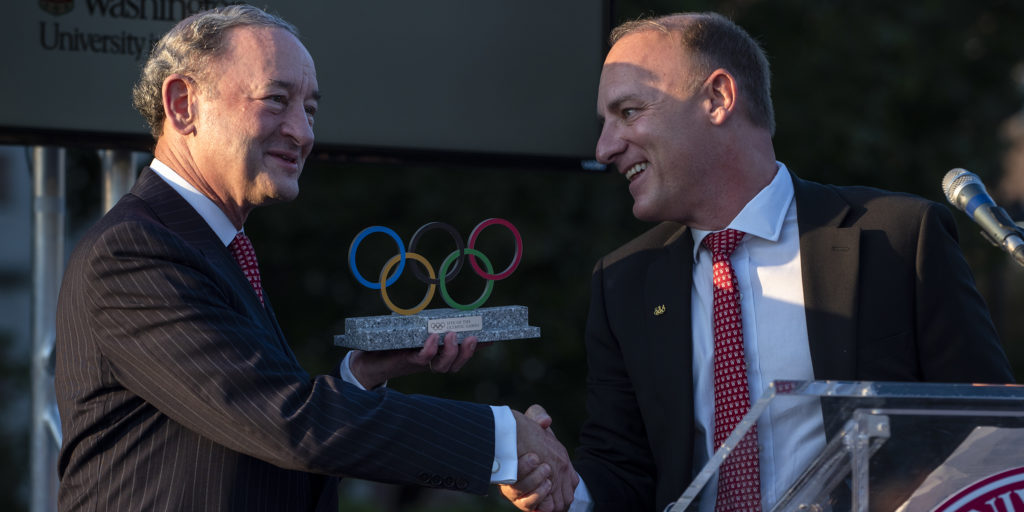
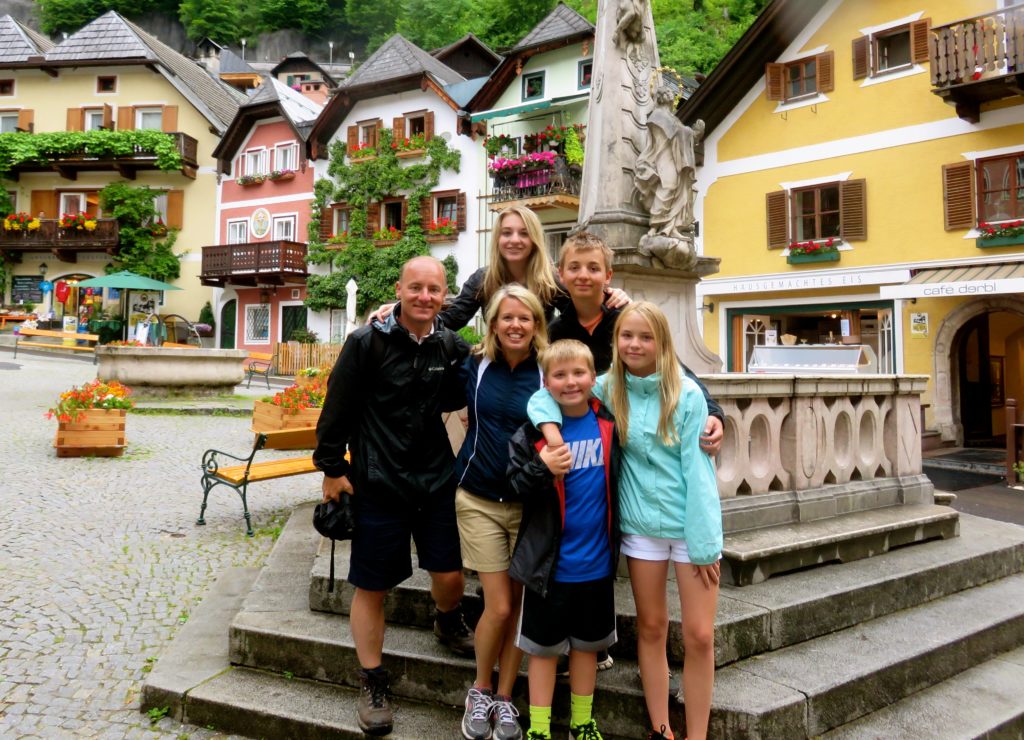
“You see how powerful the Olympic symbol can be,” Loynd says. “St. Louis is very much a part of that, as is WashU. It’s so important that we embrace that — not as a past thing, but as a future thing — as we talk about our city and being a part of the Olympic movement.”
In his remarks to the hundreds of students, alumni and visitors in the crowd during the dedication ceremony, Loynd channeled James E. Sullivan, father of amateur athletics in this country for whom the Sullivan Award is named, and who helped oversee construction of Francis Field: “The memory of Olympic games of 1904 always will live to spur athletes to further effort and success,” Loynd said, quoting Sullivan.
And then he put his own words to the dedication, spurring on not only Washington University students but the St. Louis community as a whole: “May these rings be a testament to how big we as a city can dream. And in the Olympic spirit of unity and achievement, may they call us to come together as a community to dream big again.”
So Loynd is both lawyer and dreamer, a decidedly productive combination that often results in spectacular things. “It’s a great symbol,” he says. “I think we’re finally doing justice to the people that brought the Olympics here, and all the rich legacies that came out of those 1904 games.”
Read more stories celebrating Washington University’s Olympic legacy here.
